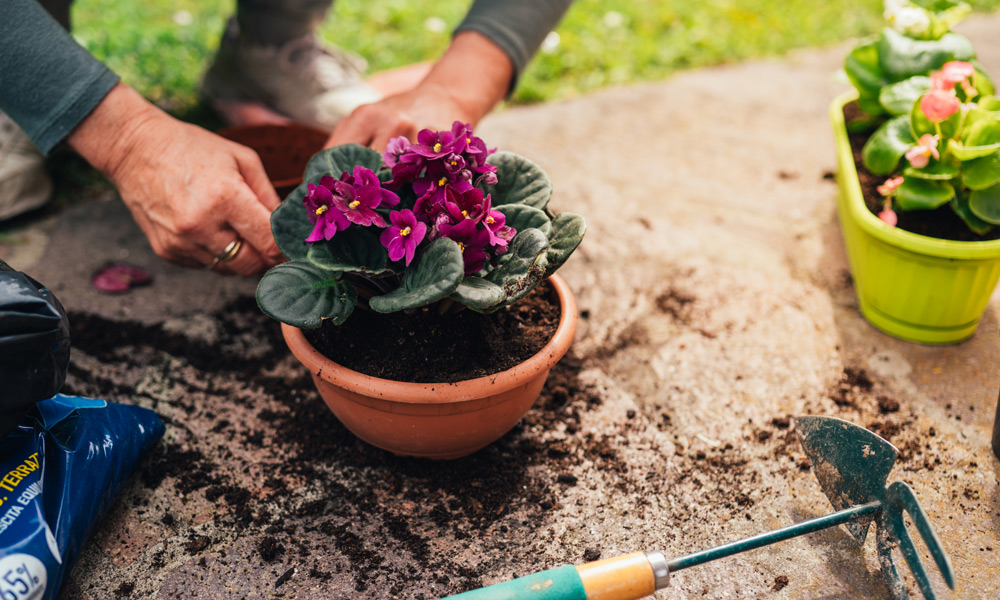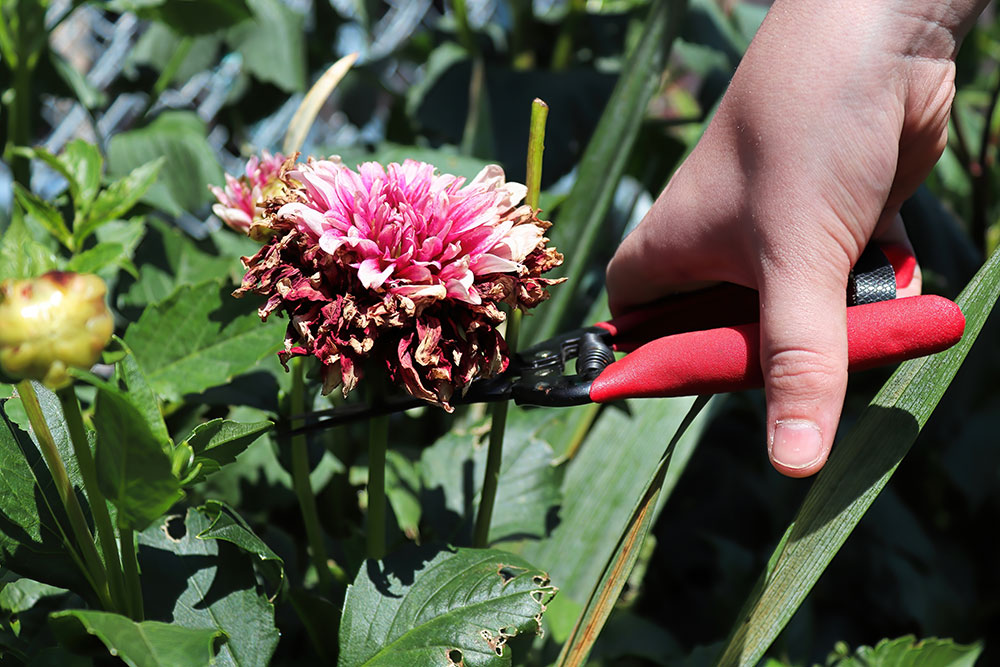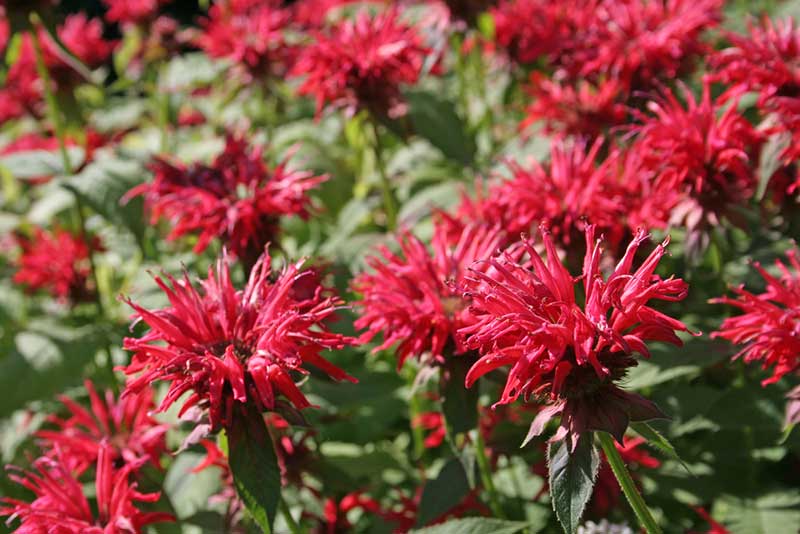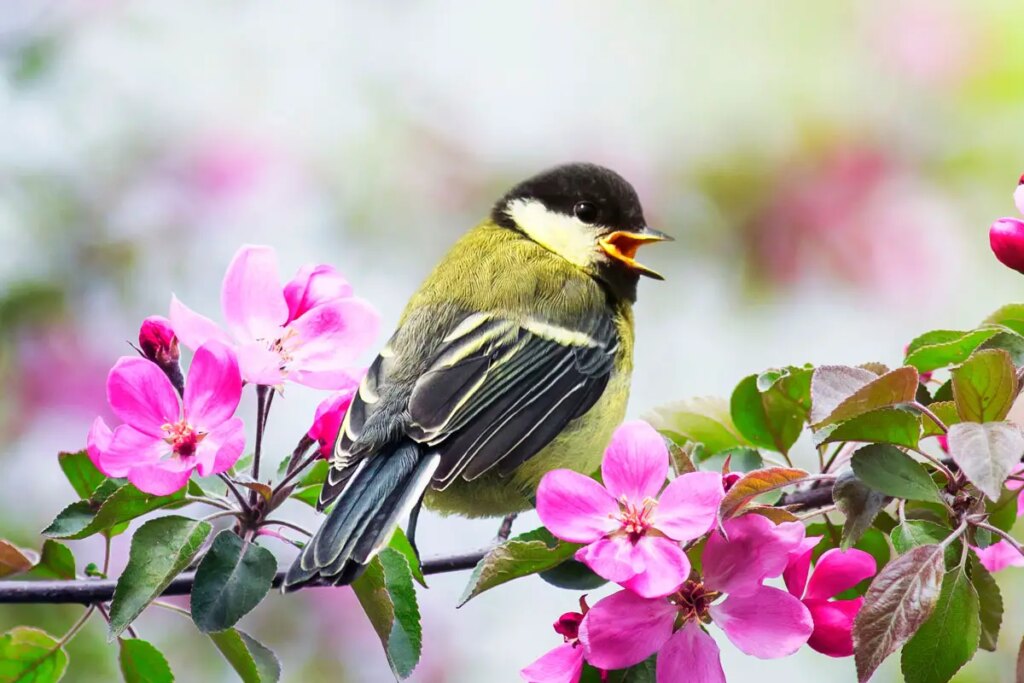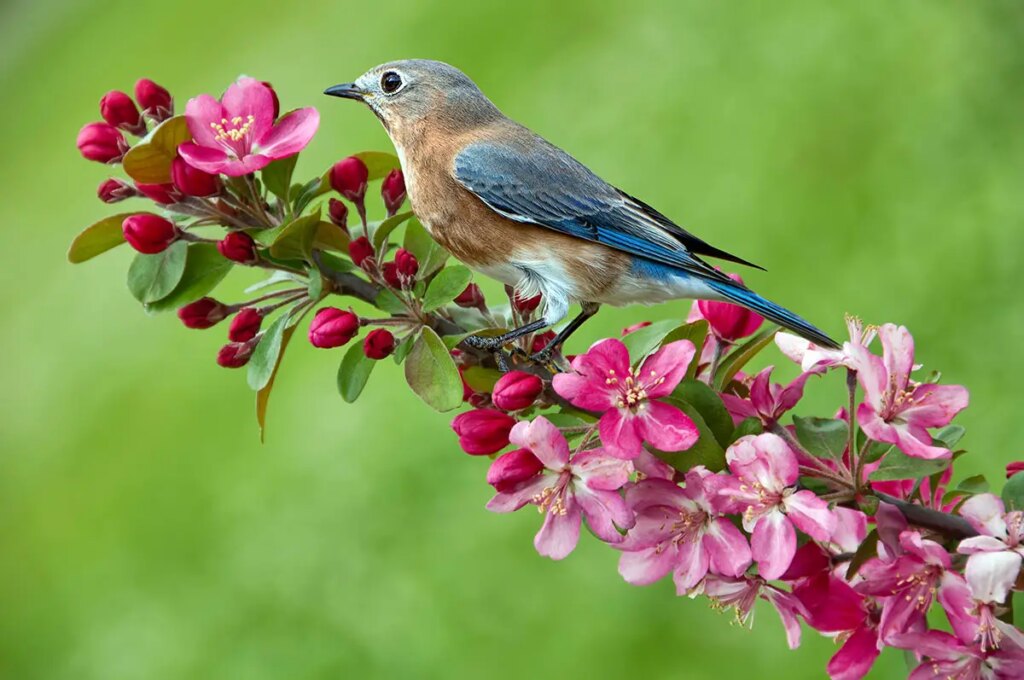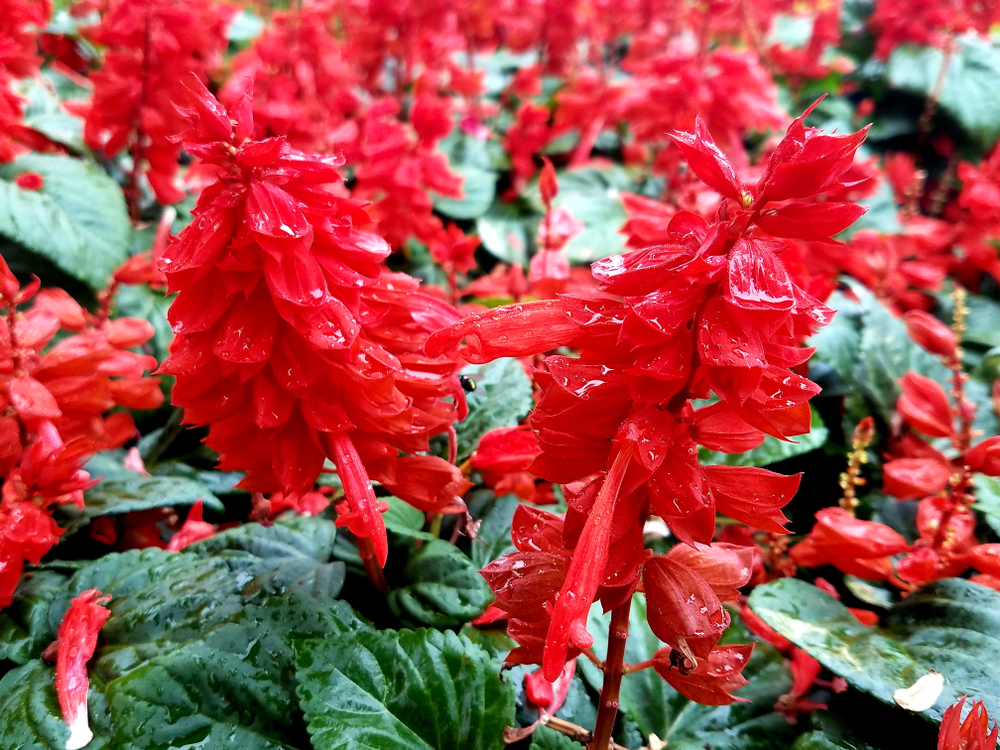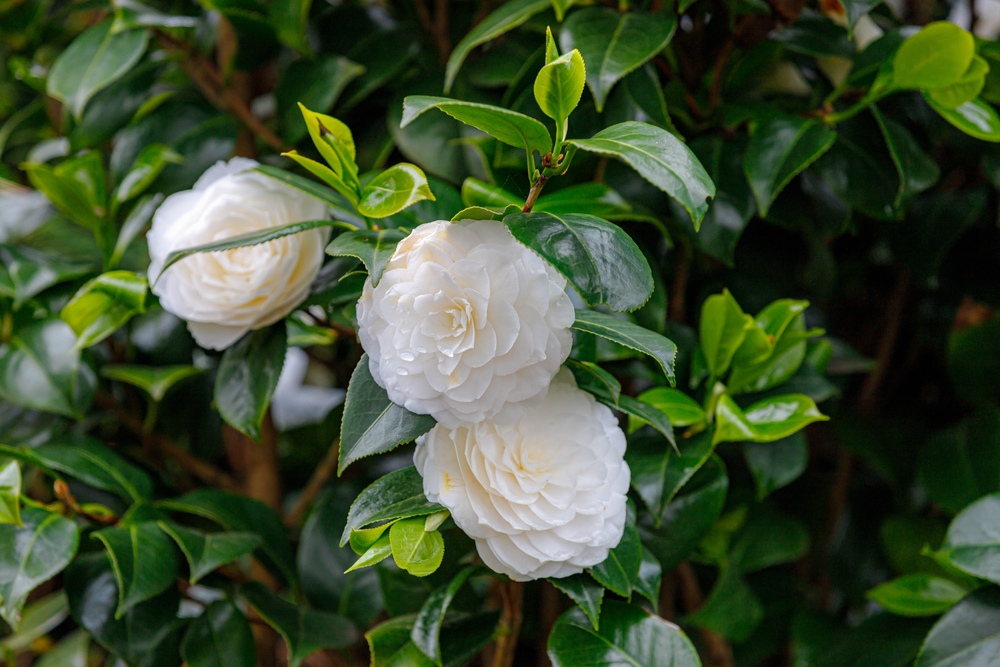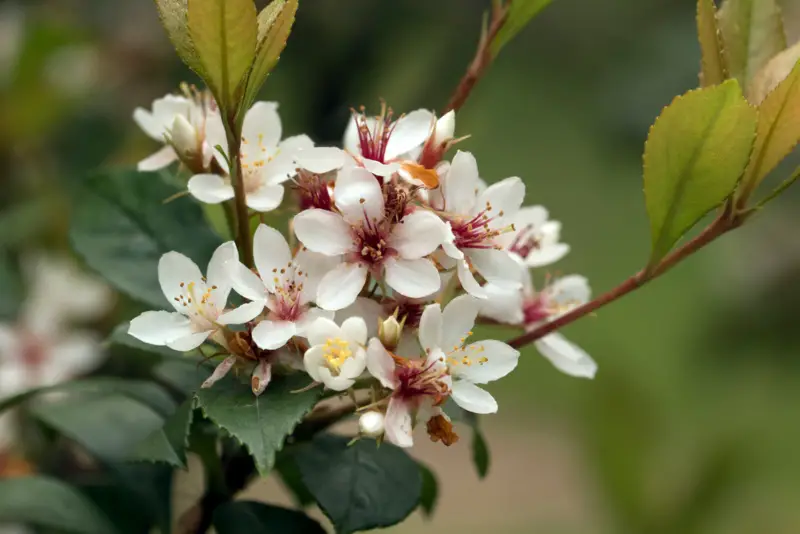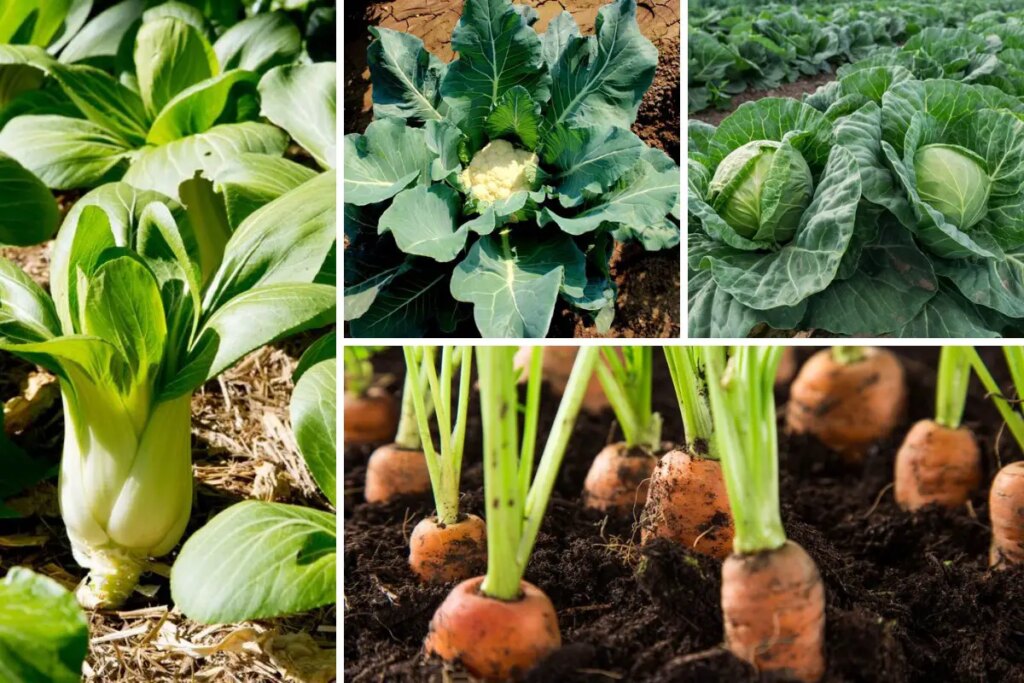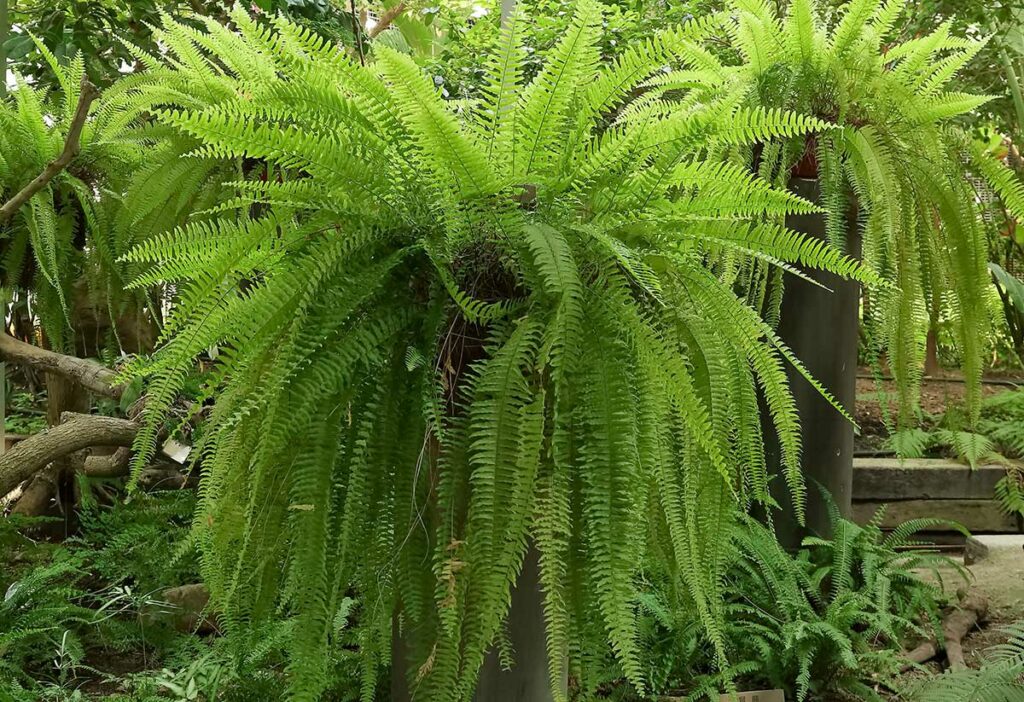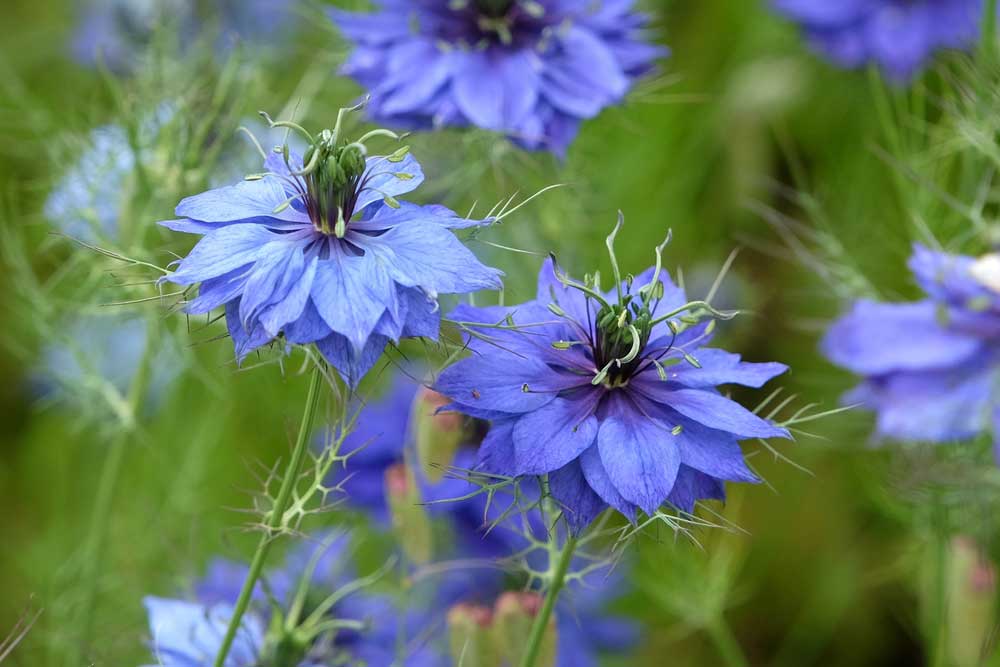
You know that satisfying feeling when you’re out in the garden with your pruners, diligently snipping off every spent bloom to keep your flower beds looking pristine? Well, here’s something that might surprise you: you could be working against Mother Nature’s master plan!
But what’s the difference between flowers that should be deadheaded and those that benefit from going to seed? And why do some gardeners swear by letting certain plants complete their natural cycle while others insist on constant maintenance?
Today, we’ll go over one of the most misunderstood aspects of flower gardening: knowing when to deadhead and when to step back and let nature take its course.
Some flowers are prolific self-seeders that will gift you with free plants year after year if you resist the urge to tidy up. Others need regular deadheading to keep producing those gorgeous blooms you love so much.
Let’s look at which flowers you should stop deadheading (your future self will thank you!), and which ones truly need that regular grooming to perform their best.
5 Flowers to Let Go to Seed (Stop Deadheading These!)
1. Cosmos (Cosmos bipinnatus and Cosmos sulphureus)

If you’ve been religiously deadheading your cosmos, you’re missing out on one of nature’s most generous gifts! Cosmos are prolific self-seeders that will carpet your garden with volunteers the following year if you let some flowers go to seed.
But what makes cosmos such excellent self-seeders? These delicate-looking annuals produce abundant seeds that germinate readily in most garden conditions. The seeds are large enough to handle easily but small enough to scatter naturally with wind and rain.
Why you should let them seed: Cosmos volunteers often appear in the most charming, unexpected places – popping up between perennials, along pathway edges, or in areas where you never thought to plant them. These spontaneous plantings often look more natural than deliberately planted rows.
How to manage self-seeding: Deadhead about two-thirds of your cosmos throughout the season for continuous blooms, but leave the remaining third to develop seeds. The dried seed heads add winter interest and provide food for goldfinches and other seed-loving birds.
Pro tip: Cosmos seeds are easy to collect if you want more control over where they appear next year. Simply let the flowers dry completely on the plant, then shake the papery seed heads into an envelope!
2. Calendula (Calendula officinalis)
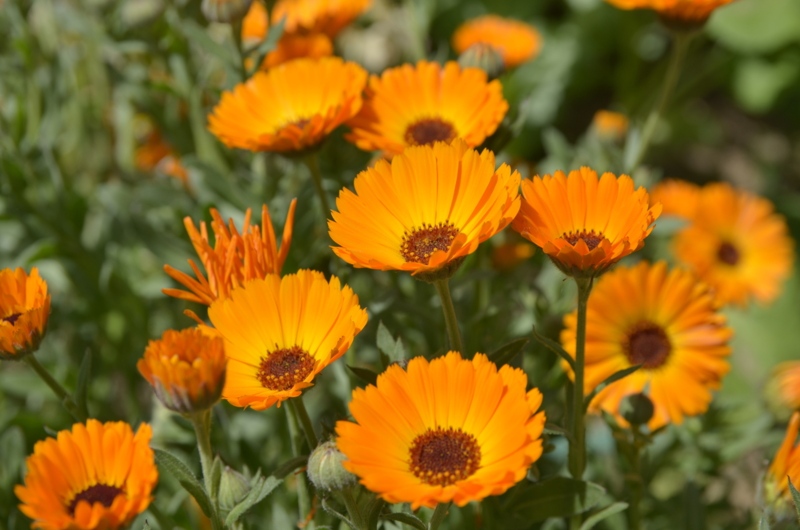
Calendula, also known as pot marigold, is one of the most reliable self-seeding annuals you can grow. These cheerful orange and yellow flowers will ensure you never need to buy calendula seeds again if you let some go to seed!
You’ll want to allow at least some of your calendula flowers to complete their cycle and form those distinctive curved seed pods. The seeds are surprisingly large and easy to handle, making calendula perfect for beginning seed savers.
Self-seeding benefits: Calendula often reseeds in the most perfect spots – areas with just the right amount of moisture and protection. The volunteers frequently outperform plants you deliberately start from seed because they’ve chosen their own ideal conditions.
Bonus benefit: Calendula petals are edible and have medicinal properties for skin care. Letting plants go to seed ensures you’ll have plenty of flowers for both garden beauty and herbal uses.
Winter hardy advantage: In milder climates, calendula can behave as a cool-season perennial, with fall-germinated seedlings surviving winter to bloom early the following spring.
3. Love-in-a-Mist (Nigella damascena)
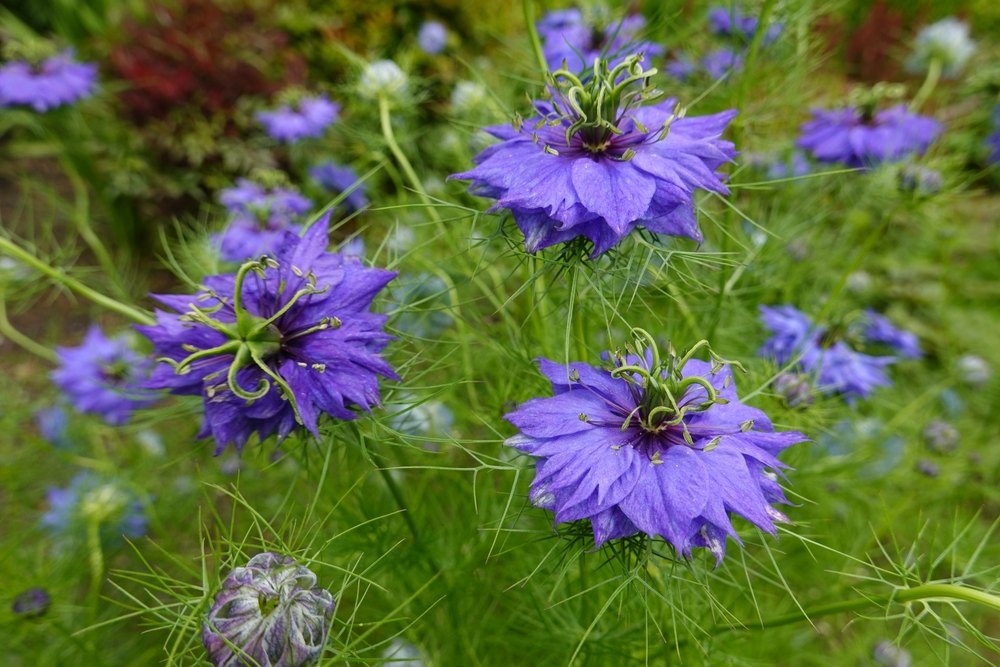
Love-in-a-mist produces some of the most distinctive seed pods in the flower garden – inflated, papery capsules with dark seeds that rattle when shaken. These unusual seed pods are reason enough to skip deadheading this charming annual!
The seeds germinate best when they experience natural temperature fluctuations over winter, so scattered seeds often perform better than those carefully stored and planted in spring. This makes love-in-a-mist an ideal candidate for natural reseeding.
Ornamental seed pods: The balloon-like seed capsules are beautiful in dried flower arrangements and add architectural interest to the garden long after the delicate blue or white flowers have faded.
Easy establishment: Love-in-a-mist seedlings are easy to recognize and transplant if they come up where you don’t want them. The feathery foliage is quite distinctive.
Cool-weather preference: This flower performs best in cool spring weather, so self-sown seeds that germinate early often produce better plants than those started indoors or planted later in the season.
4. Poppies (Papaver species, especially Shirley poppies)
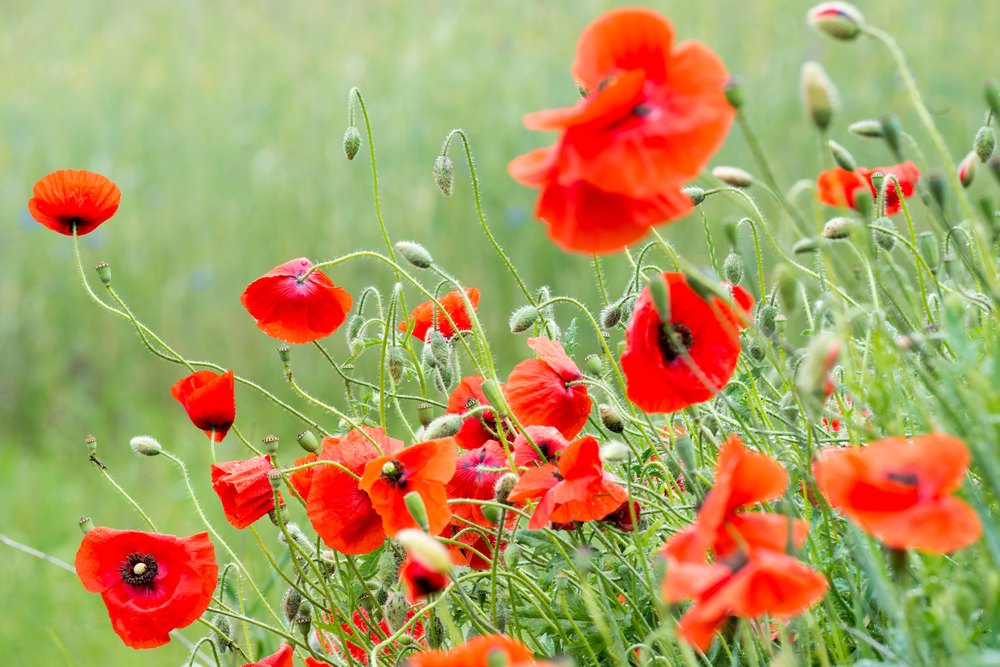
Poppies are perhaps the ultimate “let it go to seed” flower. These ephemeral beauties produce thousands of tiny seeds in those distinctive pepper-shaker pods, and disturbing the soil around mature plants often results in a carpet of seedlings the following spring.
Why poppies hate transplanting: Poppies have delicate taproots that don’t like being disturbed, which is why direct-sown seeds often perform better than transplants. Self-sown seeds have the advantage of growing exactly where they want to be.
The poppy seed show: Those ornamental seed pods are garden features in their own right. They add structure to flower arrangements and make beautiful dried decorations. Plus, watching goldfinches feast on the seeds is pure entertainment!
Natural selection advantage: Self-sown poppies tend to adapt to your specific garden conditions over generations, often becoming more robust and better suited to your climate than their parent plants.
Historical significance: Flanders poppies (Papaver rhoeas) are famous for their ability to germinate after soil disturbance, which is why they appeared in European battlefields during World War I. This resilience makes them excellent self-seeders in disturbed garden soil.
5. Sunflowers (Helianthus annuus)
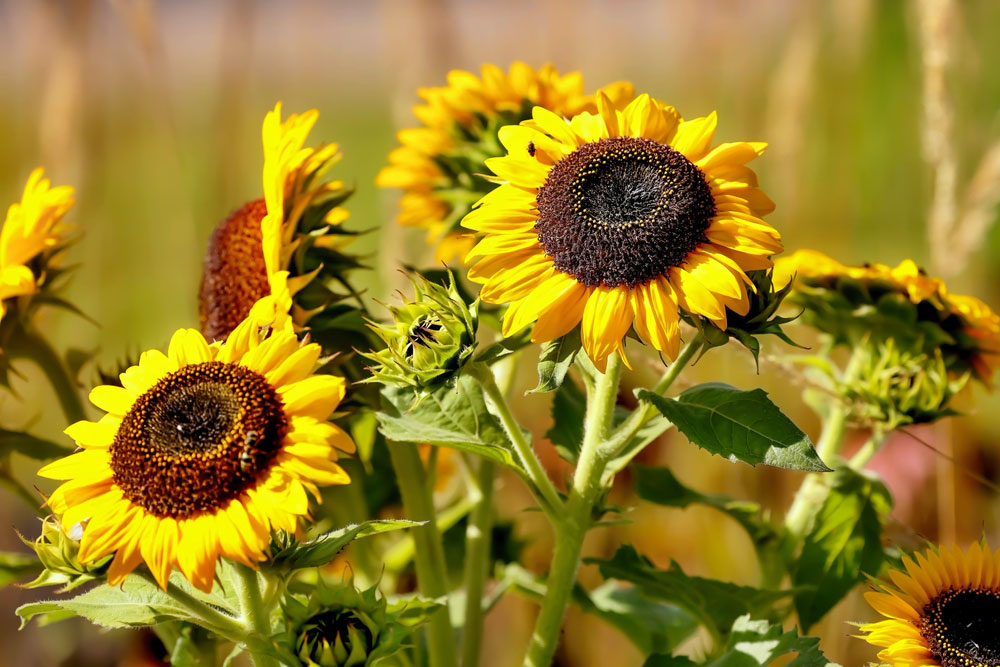
While you might think sunflowers are too large and dramatic to self-seed successfully, many varieties are excellent at producing volunteer plants. Those massive flower heads contain hundreds of seeds, and birds often help with the dispersal process!
Wildlife benefit: Leaving sunflower heads to mature provides crucial food for birds during fall and winter. Goldfinches, chickadees, and nuthatches all depend on sunflower seeds as an important food source.
Volunteer surprise: Sunflower volunteers often appear in compost areas, under bird feeders, or wherever hulls have been scattered. These unplanned sunflowers frequently grow more vigorously than deliberately planted ones.
Variety considerations: Heirloom and open-pollinated sunflower varieties will produce offspring similar to the parent plant, while hybrid varieties may produce surprising variations or may not germinate at all.
Harvesting opportunity: Mature sunflower heads can provide seeds for both wildlife and human consumption, making the decision to skip deadheading doubly rewarding.
The 5 Flowers That Need Constant Deadheading (Keep Those Pruners Busy!)
1. Petunias (Petunia × atkinsiana)
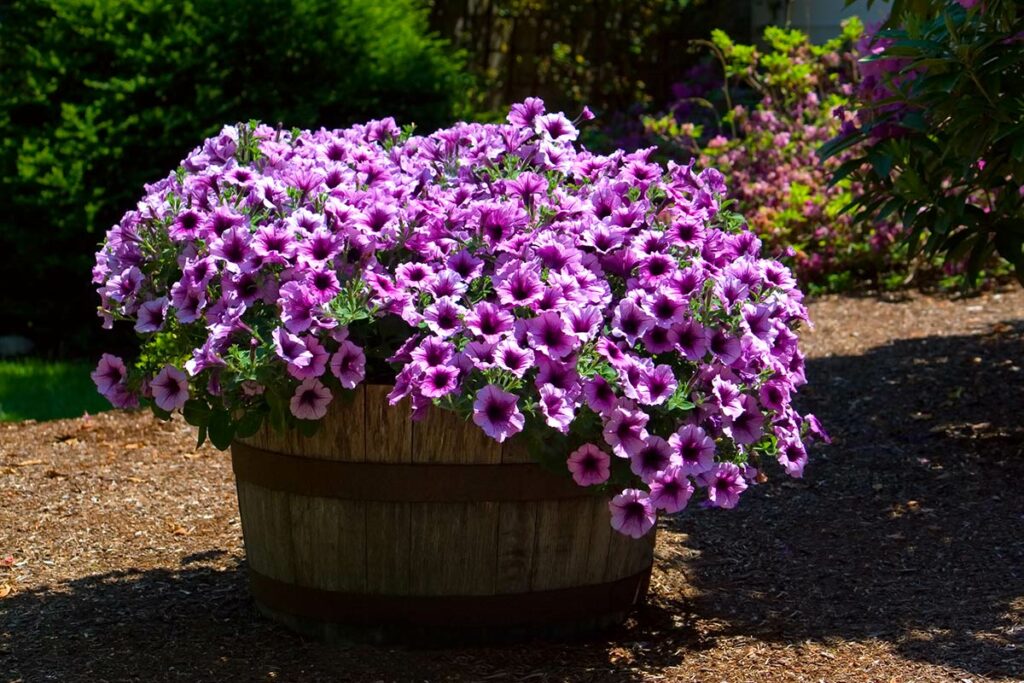
Petunias are blooming machines, but only if you keep up with regular deadheading! These popular annuals will quickly stop flowering if allowed to set seed, putting all their energy into seed production rather than creating new blooms.
Why deadheading works: Petunias are programmed to bloom continuously until frost, but they need your help to redirect their energy away from seed production and back into flower formation.
Frequency matters: Check your petunias every few days during peak growing season. The more diligent you are about removing spent blooms, the more flowers you’ll enjoy throughout the summer.
Modern alternatives: Some newer petunia varieties like Wave petunias are self-cleaning and require minimal deadheading, but traditional grandiflora and multiflora types definitely benefit from regular maintenance.
Technique tip: You can deadhead petunias by pinching with your fingers or using small scissors. Remove the entire flower stem back to the first set of leaves for the tidiest appearance.
2. Marigolds (Tagetes species)
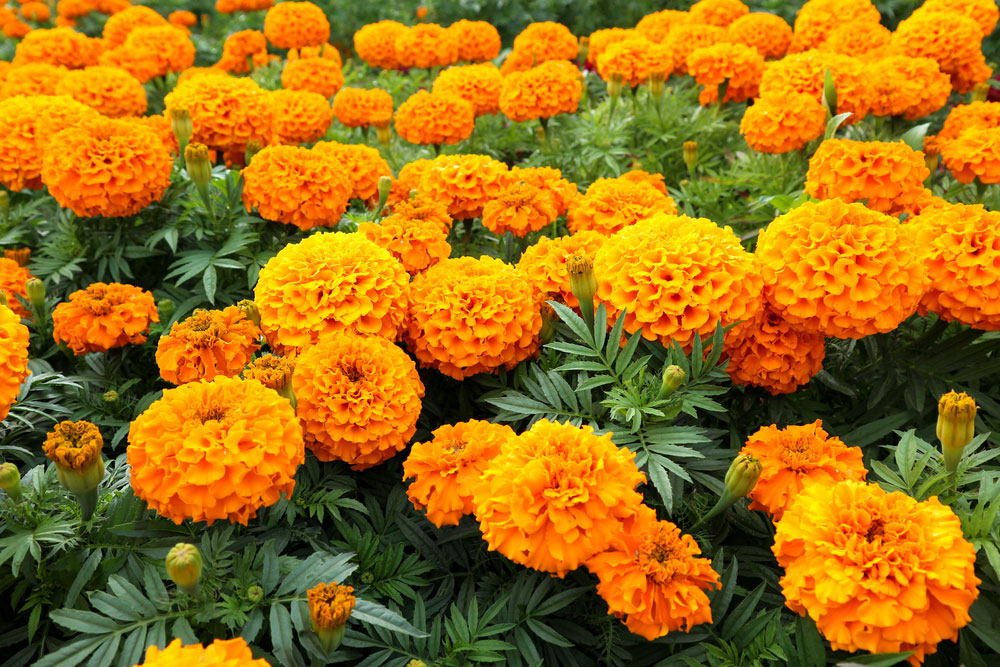
Marigolds are capable of self-seeding, but if you want maximum flower production throughout the growing season, regular deadheading is essential. These workhorses of the summer garden will bloom non-stop with proper maintenance.
Bloom production: Deadheaded marigolds can produce flowers from early summer until hard frost, making them invaluable for constant color in borders and containers.
Pest management bonus: The strong scent of marigold foliage helps deter many garden pests, so keeping plants vigorous with deadheading provides ongoing pest control benefits.
Heat tolerance: Well-maintained marigolds handle summer heat better than stressed plants trying to set seed, making deadheading especially important in hot climates.
Seed saving option: If you want to save marigold seeds, allow a few select flowers to mature at the end of the season while continuing to deadhead the majority of blooms.
3. Geraniums (Pelargonium species)
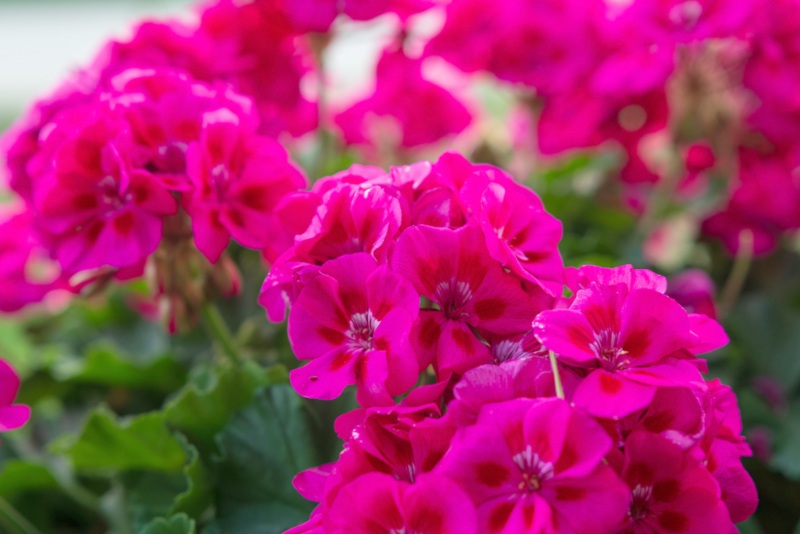
Geraniums respond beautifully to regular deadheading, producing flush after flush of colorful blooms when spent flowers are removed promptly. These classic container plants can look tired and scraggly without proper maintenance.
Appearance matters: Dead geranium flowers turn brown and papery, creating an unsightly contrast against the bright green foliage. Regular deadheading keeps plants looking fresh and vibrant.
Disease prevention: Removing spent blooms reduces the risk of fungal diseases that can develop on decaying plant material, especially important in humid conditions.
Extended season: Well-deadheaded geraniums often continue blooming well into fall, providing color long after many other annuals have finished for the season.
Winter care: For those who overwinter geraniums indoors, plants that have been regularly deadheaded tend to be healthier and more vigorous when brought back outside the following spring.
4. Roses (Rosa species, especially repeat-blooming varieties)
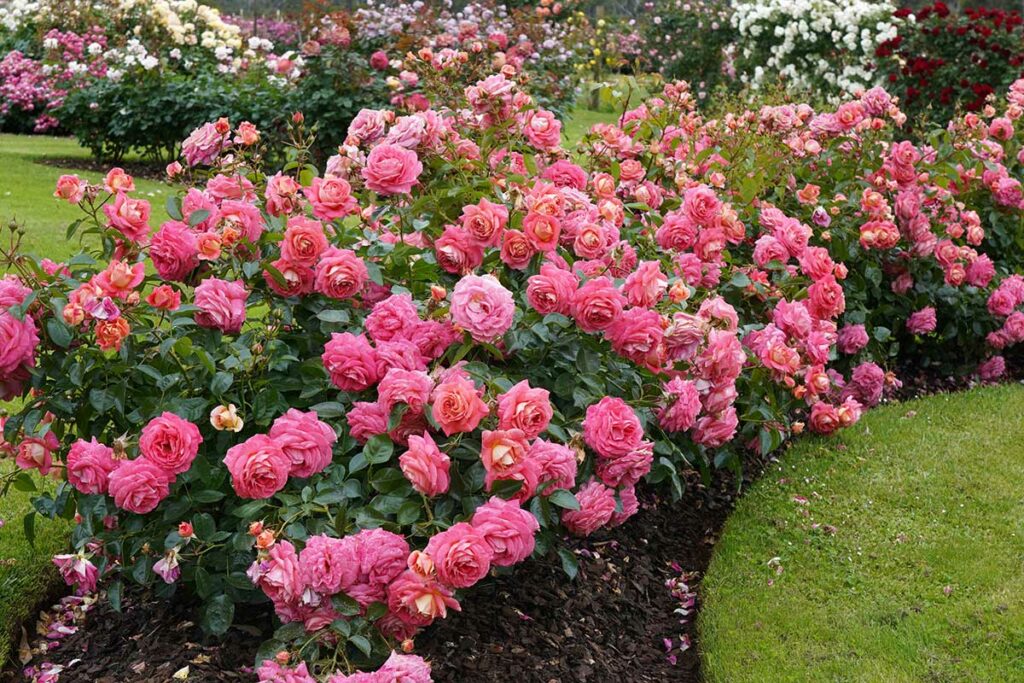
Most repeat-blooming roses absolutely require deadheading to continue their flowering cycle throughout the growing season. Without this maintenance, many roses will produce one flush of blooms and then focus on hip production.
Energy redirection: Deadheading prevents roses from putting energy into hip development, encouraging them to produce new flowering shoots instead.
Technique importance: Proper rose deadheading involves cutting back to a strong outward-facing leaf with five leaflets, not just removing the spent bloom. This encourages strong new growth.
Seasonal considerations: Stop deadheading roses about 6-8 weeks before your first expected frost to allow plants to begin their natural dormancy process.
Hip exceptions: If you grow roses for their ornamental hips (like rugosa roses), or want to provide winter food for birds, you can stop deadheading in late summer to allow hip development.
5. Dahlias (Dahlia pinnata)
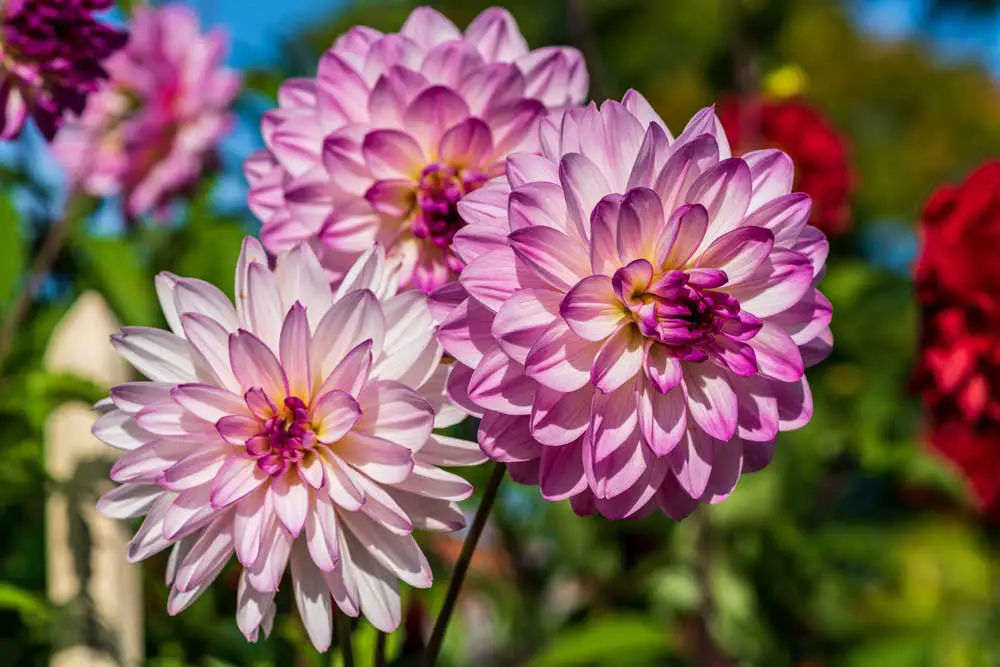
Dahlias are heavy bloomers that respond dramatically to consistent deadheading. These show-stopping flowers will produce blooms until frost if you keep up with removing spent flowers and cutting stems for bouquets.
Continuous production: Dahlias that are regularly deadheaded can produce 20-30 blooms per plant over the growing season, compared to just a few flowers on neglected plants.
Size considerations: Large dahlia blooms take significant energy to produce, so removing spent flowers quickly redirects that energy into new bud formation.
Cutting garden value: Dahlias make excellent cut flowers, and regular harvesting serves the same purpose as deadheading while providing beautiful indoor arrangements.
Tuber development: Well-maintained dahlia plants that aren’t stressed by seed production typically develop larger, more robust tubers for storage over winter.
Finding the Right Balance: Strategic Deadheading
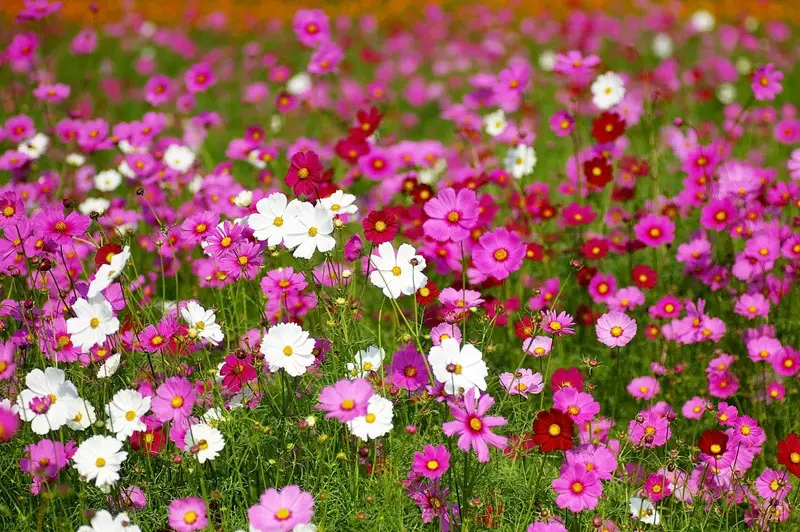
The key to successful flower gardening is understanding each plant’s nature and working with it rather than against it. Here’s how to develop a strategic approach:
For self-seeders: Allow 20-30% of flowers to go to seed while deadheading the rest for continued blooms. This gives you the best of both worlds – ongoing flowers and future volunteers.
For continuous bloomers: Stay on top of deadheading during peak season, but don’t stress about being perfect. Even sporadic deadheading is better than none at all.
Seasonal timing: Early in the season, focus on deadheading for maximum bloom production. Later in the season, you can be more selective about what you allow to set seed.
FAQ: Mastering the Art of When to Deadhead
Q: How can I tell when a flower is ready to deadhead versus ready to set seed?
For deadheading, remove flowers as soon as they start to fade or lose their vibrant color. For seed collection, wait until flowers are completely dry and papery, and seed pods or heads feel firm and mature.
Q: What’s the best time of day to deadhead flowers?
Early morning is ideal because plants are well-hydrated and less stressed. Avoid deadheading during the heat of the day when plants may be wilted or stressed.
Q: Can I deadhead with my hands, or do I need tools?
Many soft-stemmed flowers like petunias and impatiens can be pinched off with your fingernails. For tougher stems or more precise cuts, use clean scissors or pruning shears.
Q: What should I do with all the deadheads I remove?
Healthy spent flowers can go in your compost pile, but avoid composting any diseased plant material. Some gardeners scatter fresh deadheads around other plants as a light mulch.
Q: How do I know if a plant will self-seed in my climate?
Research the plant’s hardiness zone and whether it’s an annual or perennial in your area. Cool-season annuals often self-seed better in northern climates, while warm-season plants may need milder winters to establish volunteer seedlings.

